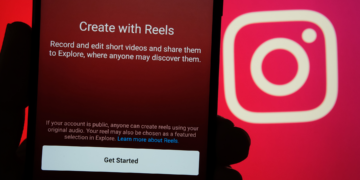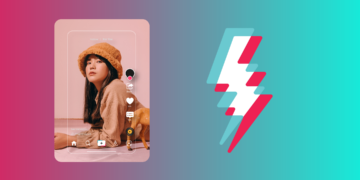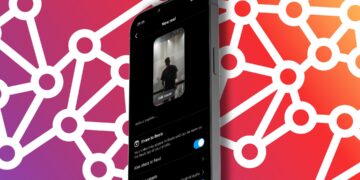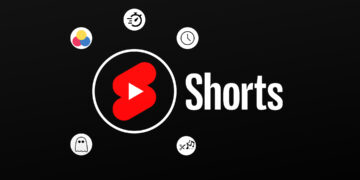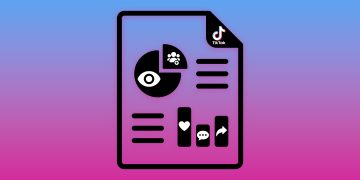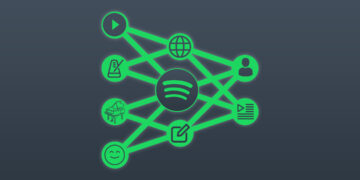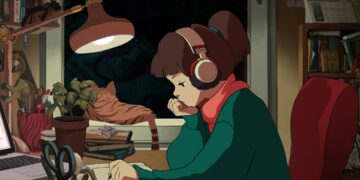Do playlists destroy the fan-artist connection?

- What it means when the song and not the artist is the star
- What influence playlists have on the artist-fan relationship
- Why there are fewer and fewer top hits but more one-hit wonders
No one can deny the importance of playlists. Many listeners consume music mainly through playlists and discover new songs this way. For the artists, they are a tool to increase their streaming numbers and stimulate the algorithm. Some experts, however, are of the opinion that playlists have a negative impact on the connection between fan and artist. We’ll show you why.
The song is bigger than the artist
Many of the top hits today first go viral on TikTok and only then make their way into the big playlists where they accumulate millions of streams. Many of these artists are unable to follow up that success with their new releases. This is not only due to the short-lived nature of TikTok trends, but also the fact that a spot in a playlist doesn’t automatically mean a massive growth in the fanbase. Or, to put it in other words: Nowadays, the song often gets a bigger spotlight than the artist.
A prime example for this are the numerous LoFi producers who have millions of streams but whom no one would recognize on the street. Their success is based on playlist placements but very few people actually care about the artists behind the songs. While this might be an extreme case, more and more listeners do consume playlists without really knowing who they are listening to, much less engaging with the artist and their discography.
An artist can take the charts by storm with one song, and get swallowed up in the sea of uploads with the next. When the song is bigger than the artist, the result is an enormous dependency on playlists and a total lack of planning reliability. It is important for fans to have a connection to the artists. But these rarely happen with playlists. The listeners choose their playlist based on their current mood and proceed to listen to the music passively. Since around two thirds of music is consumed through playlists, this effect should not be underestimated.
Less top hits – more one hit wonders
The trend can also be observed in the charts: There have never been as many different songs passing through the billboard charts as they did over the course of 2020. This underscores another analysis which shows that there are fewer and fewer true top hits today. The biggest hit in the first half of 2021 was “drivers license” by Olivia Rodrigo with 460.2 million streams. That’s a significantly lower number than what the biggest hits of previous years received within the same timeframe (Roddy Ricch’s “The Box” in 2020 with 727.7 and „Old Town Road“ in 2019 with 596.1 million streams).
So, while streams are continuously increasing, the megahits generate fewer and fewer of them. If we look at the top ten most streamed songs, we can observe a plummeting trend here, as well. The number has been sinking for the past two years and is now on the level it was at in 2017, when the total streaming numbers were 80% lower than they are today. To conclude, there are more and more songs that only go viral for a short period of time. And while the social-media-playlist bubble is jauntily producing new one-hit wonders, the number of artists with sustainable success is sinking.
Reduce dependency on playlists
Of course, you should still try to get your songs into playlists – big and small. But what’s even more important is to build a solid fanbase and garner a lot of followers, so that a song can still perform well even when it is not considered by the important playlists. Many artists are trying to decrease their dependency on playlists by looking for other sources of revenue, be it monetizing their catalog, generating money through Twitch, Patreon, or other platforms, or by trying their luck with NFTs.
